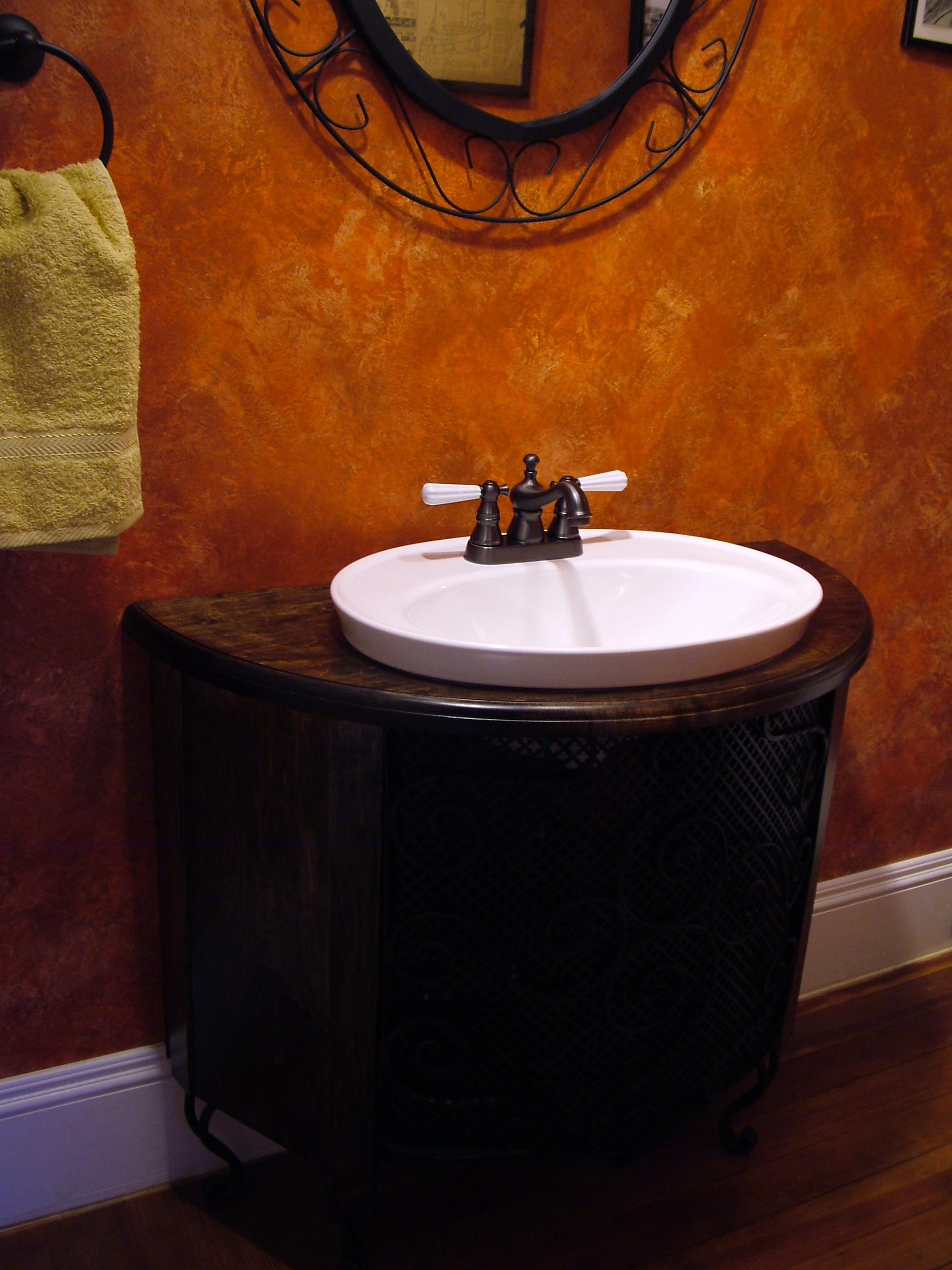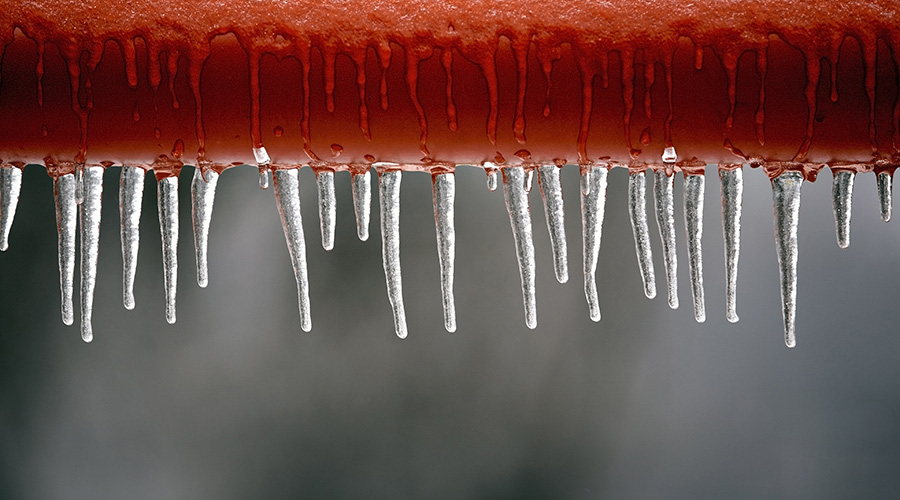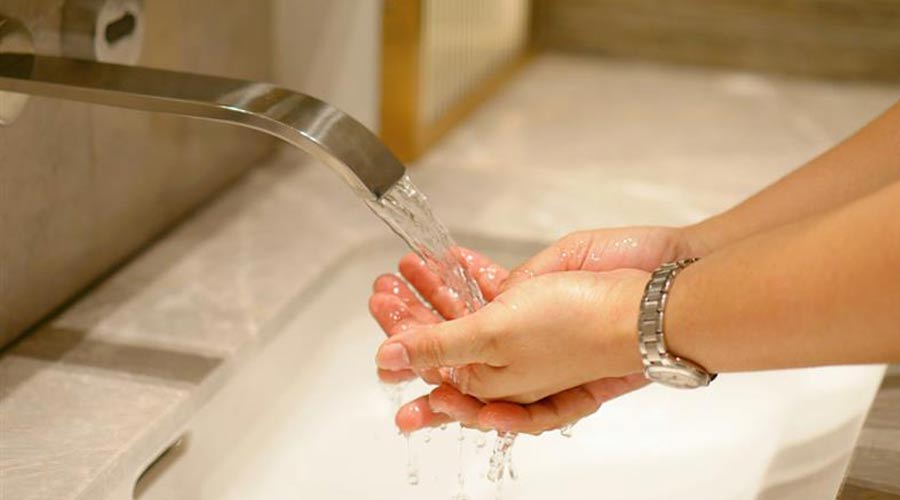Today's Plumbing Fixtures
Restroom fixtures that use new technology to cut water consumption
prompt managers to revamp and upgrade training programs
Concerns over rising utility costs caused by water shortages in recent years are prompting important changes within institutional and commercial facilities. A growing number of managers in these facilities have specified and installed plumbing fixtures that minimize or eliminate the use of water. While these fixtures deliver desirable benefits, they also present maintenance and engineering managers and departments with new challenges.
Before these systems can deliver the intended benefits, front-line technicians and housekeeping staffs need training on the proper installation, maintenance, repair and cleaning. Among the challenges for managers is identifying specific training goals, locating effective courses, and making certain the training benefits the organization.
Identifying Training Goals
The overall goal of a training program for plumbing-system maintenance is to help workers provide optimum maintenance and cleaning service on time, safely and at a reasonable cost. Training to achieve these goals means different challenges for installers than for maintenance technicians or housekeepers.
As a result, managers will need to design the training courses based on job title, with specific course content for each restroom fixture, describing methods and tools required for each task. The training should spell out task frequency, steps required for each task, and required quality checks.
A training matrix can help managers make sure they address specific products used in plumbing systems, along with parts lists, maintenance tasks — and, for housekeepers, cleaning methods — as well as operating instructions for equipment and the types and amounts of cleaning solutions to use.
Locating Effective Courses
The most common sources for locating plumbing-system training courses are the internet, government agencies, professional consultants and vendors. A manager’s objective in scouring these sources for information should be to get a broad range of insights.
Managers also should carefully review web sites for federal government sources, such as the U.S. Department of Energy and the U.S. Environmental Protection Agency.
The Leadership in Energy and Environmental Design (LEED) program sponsored by the U. S. Green Building Council also offers certification for organizations that follow prescribed practices designed to minimize facilities’ environmental impact. The LEED-NC certification focuses on new construction, while LEED-EB focuses on existing buildings more than two years old.
State energy departments and local building permit agencies also can provide important training information. Local sources are especially important for staying abreast of current building codes, which often are different from federal and state guidelines and take precedence over them.
Training consultants bring experience from a range of facilities, and they can help with planning and project management, whether these activities involve a new installation, upgrading an existing plumbing system, upgrading the preventive maintenance system to include new tasks, or designing and conducting a training program customized to a site.
Finally, training from product vendors can be especially important for covering proper installation, maintenance and cleaning. Since these companies designed and manufactured the products or represent companies that did, they often have very specific information and insights based on years of testing, trail and error, and lessons learned.
They also can provide mock-ups of products — valves, for instance, with cross-sectional cutouts that show the internal parts, as well as how they are assembled and taken apart. Using these mock-ups, technicians have the advantage of understanding the workings of a product before ever taking one apart in the field.
Ensuring Payback
The best way for managers to make sure that plumbing-system training delivers intended benefits is to survey building occupants regularly and keep accurate and up-to-date equipment records.
Surveys generally indicate that most complaints by occupant relate to odors, cleanliness and empty dispensers, so managers should address these user-sensitive areas in the survey questions for regular feedback.
Equipment records that identify each restroom by building and location should help managers answer these questions regarding plumbing systems and restrooms:
-
What does each location cost in terms of labor and materials?
-
What is the length of time between repairs of fixtures, piping, etc.?
-
How long does it take to make the average repair for each location?
-
What preventive maintenance measures do new fixtures require?
-
What do these steps cost annually?
-
What plumbing-system components require the most maintenance?
-
What cleaning methods and products produce the best results for new-generation fixtures?
-
Do workers use too many different products for the same cleaning role?
-
What is the optimum cleaning frequency?
-
Are custodians reporting deficiencies, or do occupants report most deficiencies?
As maintenance and custodial personnel apply correct methods learned in the training courses, they will improve sanitation, increase comfort, ease access for all, and lower operating costs.
Training also can reinforce to technicians that germs, bacteria and illnesses pass from one person to another through contact with untreated restroom fixtures, such as toilets, urinals, sinks and dispensers. Workers who receive proper training will better understand that every time a toilet is flushed, up to 10,000 bacteria and viruses atomize into the air and multiply 16-fold in just one hour on a sink handle.
Waterless and low-water-use plumbing fixtures have gained a toehold in facilities, and they are likely to build on that position in coming years. For that reason, managers are likely to face ongoing challenges ensuring their proper installation, maintenance and cleaning.
Managers can help their organizations achieve these goals by providing comprehensive training for front-line workers that is both product-specific and cost-effective.
Beyond Training: Cost-effective Tactics
A plumbing-system upgrade is an ideal time to revise and upgrade training on methods and practices for fixture maintenance and restroom cleaning. This step will ensure that organizations get even more benefit from the installation of waterless or low-flow fixtures.
Among the steps related to restrooms and plumbing systems that can deliver additional benefits are these:
-
Use non-potable, or gray, water for landscaping instead of discharging it to the sewer.
-
Correctly size hot-water heaters to new, lower water-use rates.
-
Follow up on certification for Leadership in Energy and Environmental Design (LEED).
-
Investigate grant opportunities, using the upgrade site as a demo site.
-
Use a commissioning agent during design, construction, startup and acceptance of new installations.
-
Standardize fixtures to limit brands and parts.
-
Specify automatic controls for use on sinks, toilets, urinals and dryers.
-
Install occupancy and photocell sensors for light controls.
-
Specify environmentally friendly cleaning products to reduce toxicity and volatile organic compounds.
-
Closely supervise the dilution and application of cleaning products to make sure housekeepers use cost-effective, efficient practices.
-
Monitor water and energy use versus set points that are verified with sub-metering and data logging.
-
Include training on the importance of such steps as turning out lights and repairing leaks promptly.
-
Use events such as Earth Day to promote environmental responsibility.
-
Use distance learning where possible to reduce technicians’ travel and living costs for training.
-
Partner with peers in other local facilities to share and learn from each other’s successes.
— Thomas A. Westerkamp
|
Plumbing Training Resources
Managers looking to revise and upgrade training for plumbing system maintenance can check out these sources of information and training:
-
American National Standards Institute (ANSI), www.ansi.org
-
American Society for Testing Materials (ASTM), www.astm.org
-
American Society of Plumbing Engineers, www.aspe.org
-
American Society of Sanitary Engineers, www.asse-plumbing.org
-
BOMI Institute, www.bomi-edu.org
-
International Association of Plumbing and Mechanical Officials, www.iapmo.org
-
National Institute of Building Sciences, www.nibs.org
-
National Clearinghouse for Education Facilities, www.edfacilities.org
-
Underwriter’s Laboratories (UL), www.ul.com
-
U. S. Green Building Council, www.usgbc.org
-
WasteWise Program, www.epa.gov/wastewise
— Thomas A. Westerkamp
|
Related Topics:











